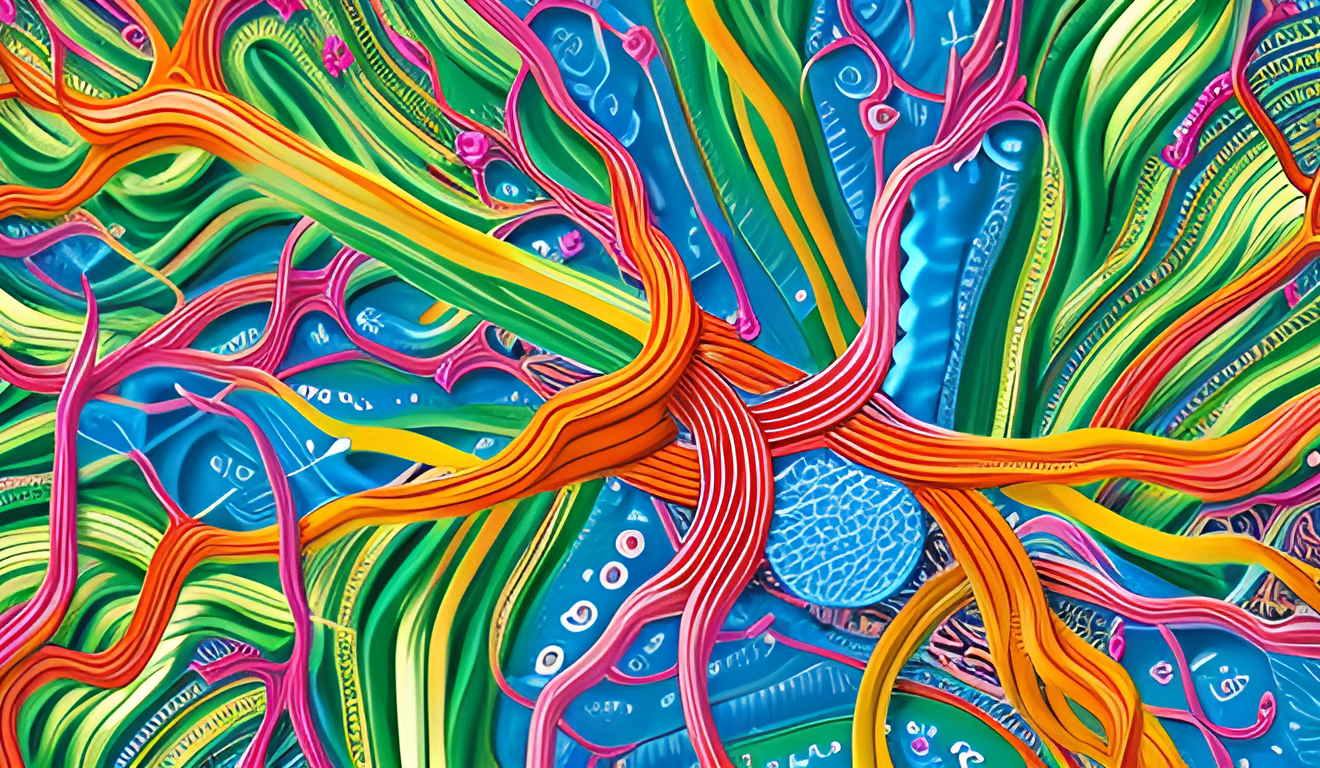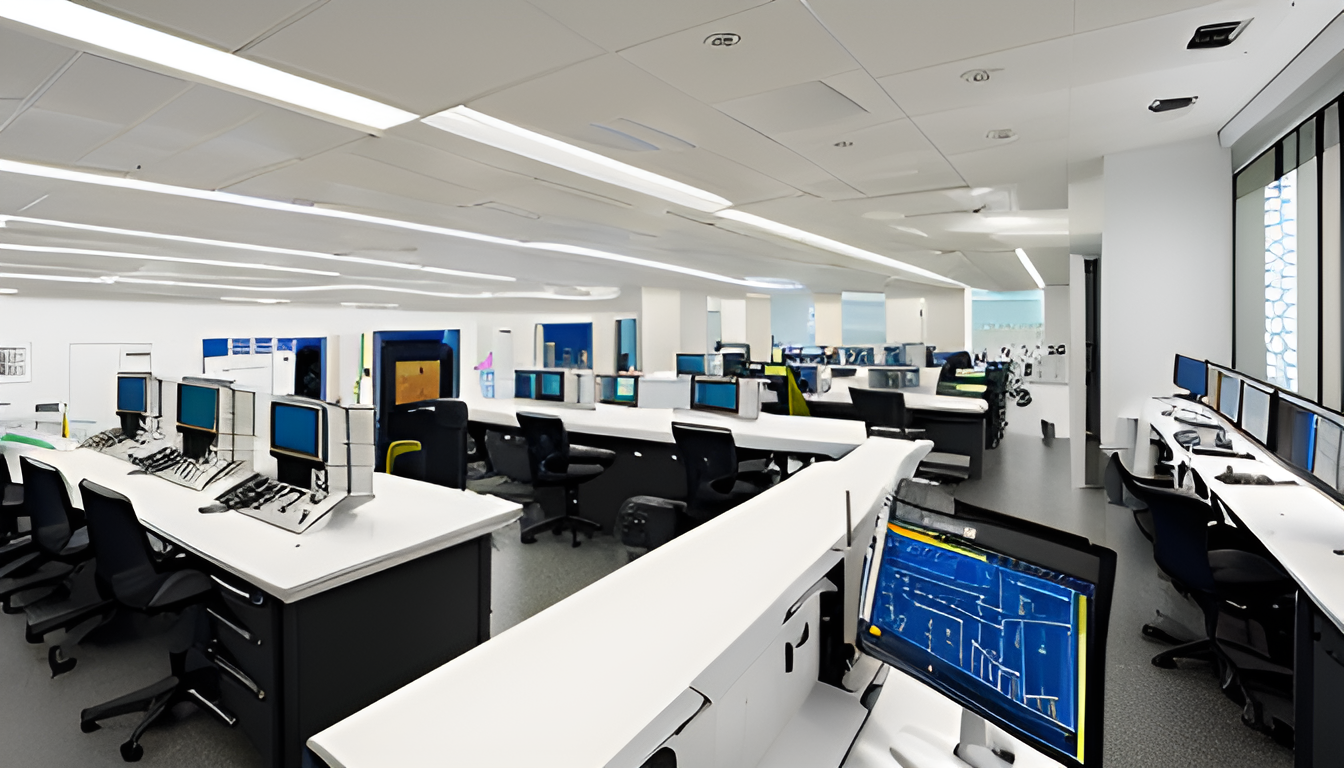Human Cell Atlas Project Maps Billions of Cells, Illuminating Disease Mechanisms

The Human Cell Atlas Project is nothing short of a scientific revolution. Imagine a world where we can pinpoint the exact type of cell involved in a disease, understand its role, and develop targeted treatments. Sounds like science fiction? Well, it’s becoming a reality! This project aims to map every single type of human cell, creating a detailed reference that will enhance our understanding of the intricate workings of the human body.
At its core, the Human Cell Atlas Project is an ambitious endeavor that seeks to provide a comprehensive overview of cellular diversity and function. With billions of cells to analyze, researchers are diving deep into the cellular ocean, uncovering the unique characteristics that define each cell type. This initiative is not just about cataloging cells; it’s about understanding how they interact, how they contribute to health, and how their dysfunction can lead to disease.
By mapping these cells, the project unveils critical insights into the mechanisms behind various diseases. For instance, consider how cancer cells differ from healthy cells. With this knowledge, researchers can identify specific pathways that lead to disease progression, opening up new avenues for therapeutic interventions. The potential here is enormous, as we move closer to a future where treatments can be personalized based on an individual’s unique cellular makeup.
What fuels this groundbreaking project? Advanced technologies like single-cell RNA sequencing and cutting-edge imaging techniques play a pivotal role. These innovations allow scientists to analyze cells with unprecedented detail, almost like using a microscope that can zoom in on the very fabric of life. This level of scrutiny is what makes the Human Cell Atlas Project a game changer in the field of biomedical research.
Looking ahead, the outcomes of the Human Cell Atlas Project hold immense promise for the future of medicine. Imagine a world where treatments are not just one-size-fits-all but are tailored to the individual based on their unique cellular profiles. This is the future of personalized medicine, where prevention strategies and treatments are designed specifically for each person, enhancing efficacy and minimizing side effects. The journey to this future is just beginning, but the potential is as vast as the human body itself.
Overview of the Human Cell Atlas Project
The Human Cell Atlas Project is a revolutionary initiative that aims to create a comprehensive map of every type of human cell. Imagine a detailed roadmap of the human body, where every cell type is marked and understood. This project is not just a scientific endeavor; it’s a journey into the very essence of what makes us human. By cataloging the diverse array of cells, researchers hope to uncover the intricate workings of our biology.
At the heart of this project lies the goal of providing insights into cellular diversity and function. Think of it as a grand puzzle, where each piece represents a different cell type, contributing to the bigger picture of human health and disease. The project is a collaborative effort involving scientists from around the globe, united in their quest to unlock the secrets hidden within our cells.
To achieve this ambitious goal, researchers are employing cutting-edge technologies. For instance, single-cell RNA sequencing allows scientists to analyze the genetic material of individual cells, revealing their unique characteristics. Furthermore, advanced imaging techniques provide stunning visualizations, making it easier to understand how cells interact with one another. This level of detail is unprecedented and opens up new avenues for exploration.
Ultimately, the Human Cell Atlas Project is set to redefine our understanding of biology. By mapping billions of cells, it lays the groundwork for breakthroughs in medicine, enabling us to tackle diseases with a precision that was previously unimaginable. The implications are vast, and as we delve deeper into this cellular universe, we inch closer to unlocking the mysteries of human health.
Significance in Disease Research
The Human Cell Atlas Project is not just a scientific endeavor; it’s a game-changer in the realm of disease research. By meticulously mapping billions of human cells, researchers are unlocking the secrets behind various diseases, much like detectives piecing together clues at a crime scene. This comprehensive exploration allows scientists to identify the intricate mechanisms that drive disease progression, providing a clearer understanding of how conditions like cancer, diabetes, and autoimmune disorders develop.
Imagine being able to pinpoint the exact cellular changes that occur in a disease state. This project empowers researchers to do just that, offering a detailed view of cellular interactions and behaviors. For instance, by analyzing the differences between healthy and diseased cells, scientists can discover potential therapeutic targets that could lead to groundbreaking treatments. The ability to visualize these changes at a cellular level is akin to using a high-powered microscope to reveal details that were previously invisible to the naked eye.
Moreover, the insights gained from the Human Cell Atlas can significantly enhance our understanding of personalized medicine. By recognizing how individual cellular profiles contribute to disease susceptibility, treatments can be tailored specifically to a patient’s unique cellular makeup. This not only increases the chances of treatment success but also minimizes potential side effects, making medicine more effective and efficient.
In summary, the significance of the Human Cell Atlas Project in disease research cannot be overstated. It serves as a vital resource for unraveling the complexities of human health and disease, paving the way for innovative therapies that could transform the future of medicine.

Technological Innovations Driving the Project
The Human Cell Atlas Project is not just a scientific endeavor; it’s a revolution driven by cutting-edge technology. Imagine having the ability to peek into the intricate world of human cells, where each cell tells its own story. This is precisely what advanced technologies like single-cell RNA sequencing and high-resolution imaging techniques allow scientists to do. These innovations are akin to having a powerful microscope that can zoom in on the tiniest details, revealing the unique functions and interactions of individual cells.
Single-cell RNA sequencing, for instance, is a game-changer. It enables researchers to analyze the gene expression of thousands of individual cells simultaneously. This method is like having a personal translator for each cell, deciphering its genetic language and providing insights into how cells respond to various stimuli. As a result, scientists can identify distinct cell types and their roles in health and disease, leading to a deeper understanding of complex biological processes.
Moreover, the integration of sophisticated imaging techniques, such as mass cytometry and spatial transcriptomics, allows for the visualization of cells in their natural environments. This is crucial because a cell’s behavior can change dramatically depending on its surroundings. By mapping where each cell resides and how it interacts with neighboring cells, researchers can uncover vital information about cellular communication and the microenvironments that influence disease progression.
In summary, the technological innovations fueling the Human Cell Atlas Project are not merely tools; they are the keys to unlocking the mysteries of human biology. By leveraging these advancements, scientists are paving the way for breakthroughs in disease treatment and prevention, ultimately reshaping the future of medicine.
Future Implications for Medicine
The Human Cell Atlas Project is not just a scientific endeavor; it’s a beacon of hope for the future of medicine. Imagine a world where treatments are as unique as your DNA—this project is paving the way for that reality. By creating a detailed map of every type of human cell, researchers are unlocking the secrets of our biology, which could revolutionize how we approach disease prevention and treatment.
With the insights gained from this project, healthcare could shift from a one-size-fits-all model to a more personalized approach. Think of it like tailoring a suit; just as a tailor adjusts fabric to fit your body perfectly, doctors could customize treatments based on your unique cellular makeup. This means that conditions like cancer, diabetes, and autoimmune diseases could be treated with therapies designed specifically for your cells.
Moreover, the implications extend beyond treatment. The data generated could help in early disease detection. For instance, if researchers can identify specific cellular changes that precede disease onset, we could potentially catch ailments before they become serious. This proactive approach could save countless lives and reduce healthcare costs significantly.
In essence, the Human Cell Atlas Project is the key to unlocking a future where medicine is not just reactive but also preventative and personalized. As we continue to map these billions of cells, the possibilities for innovation in healthcare are virtually endless. The future of medicine is bright, and it’s all thanks to the groundbreaking work being done today.













